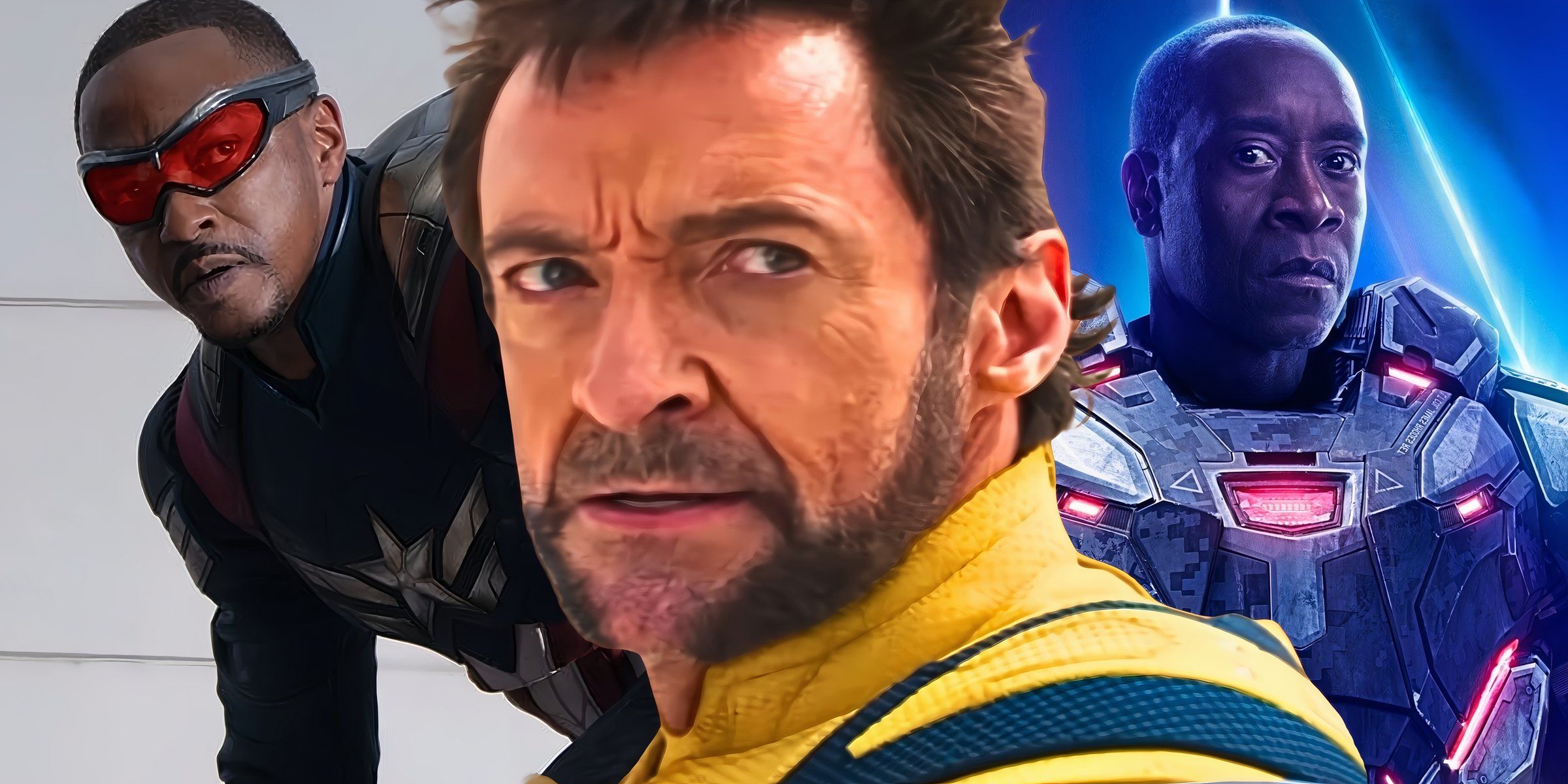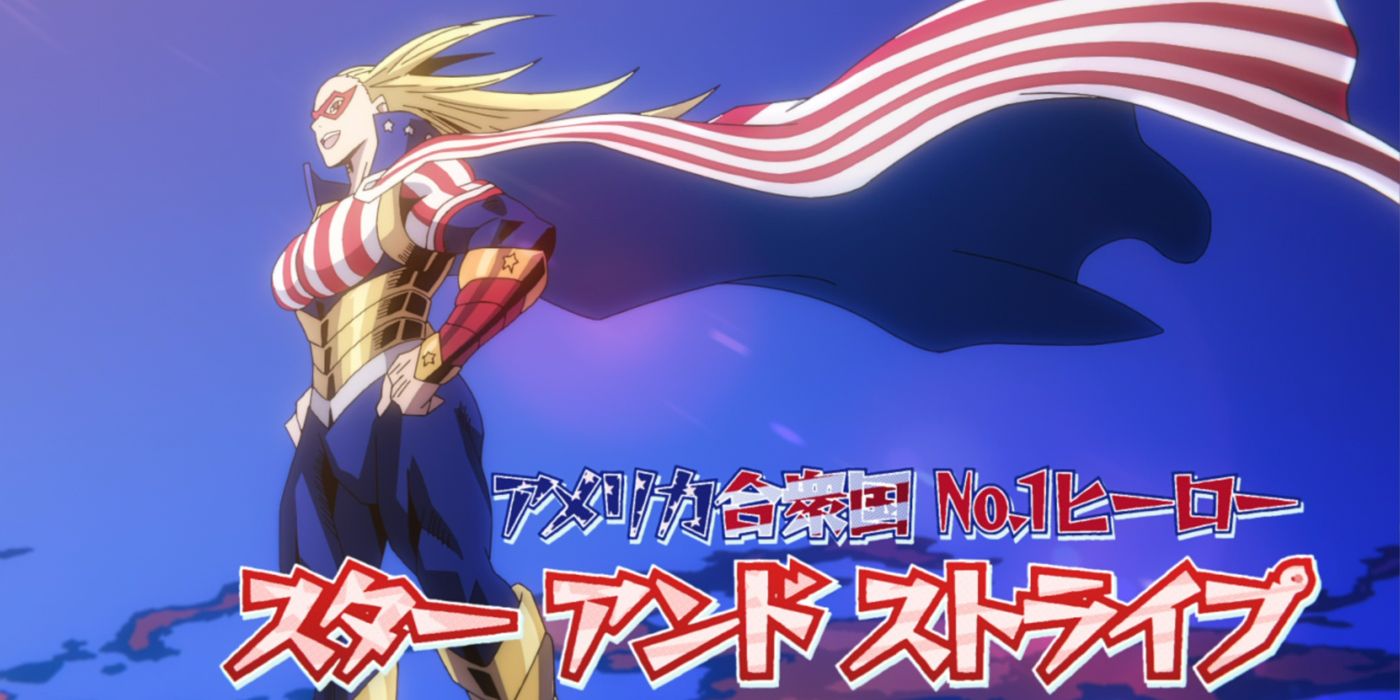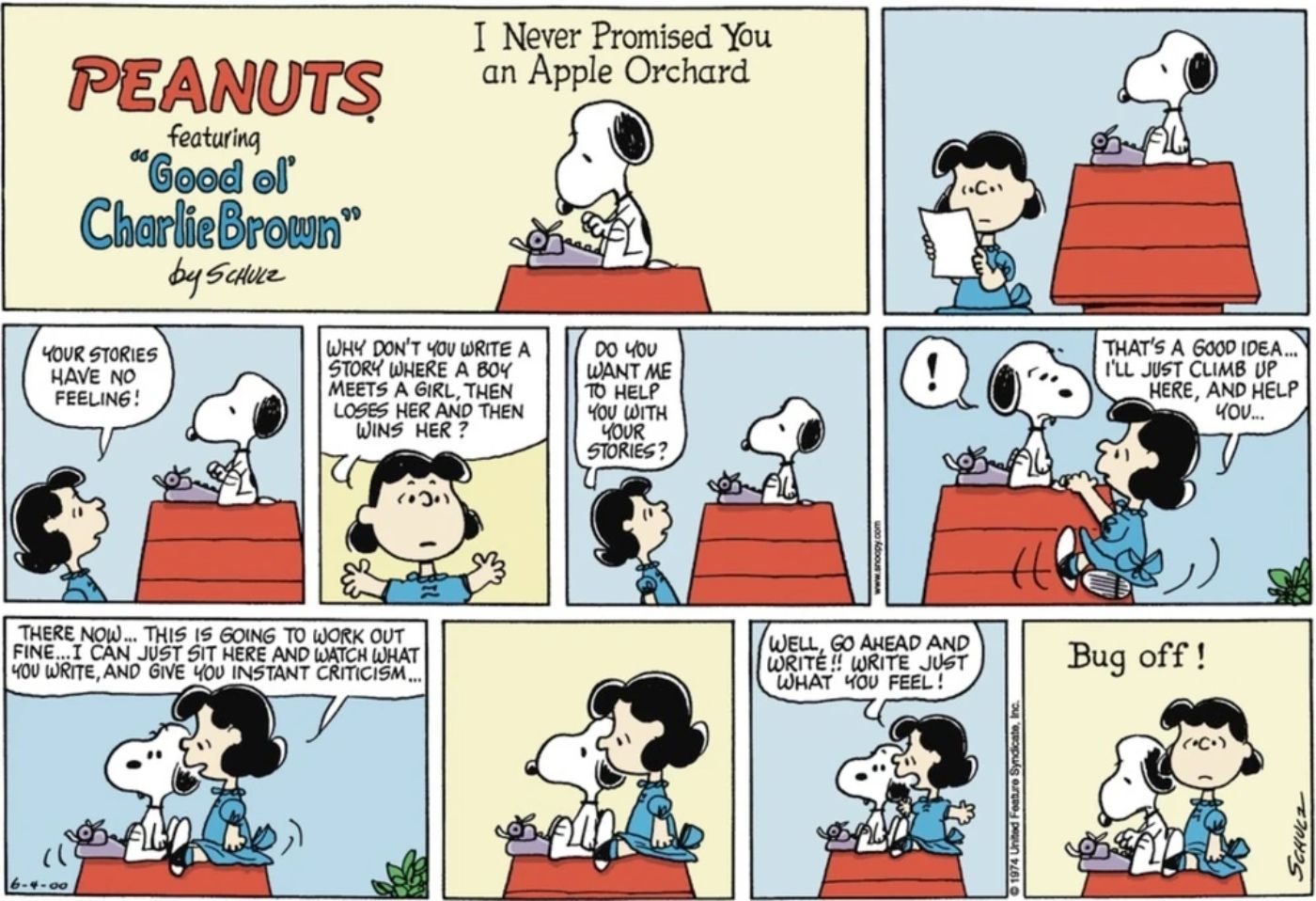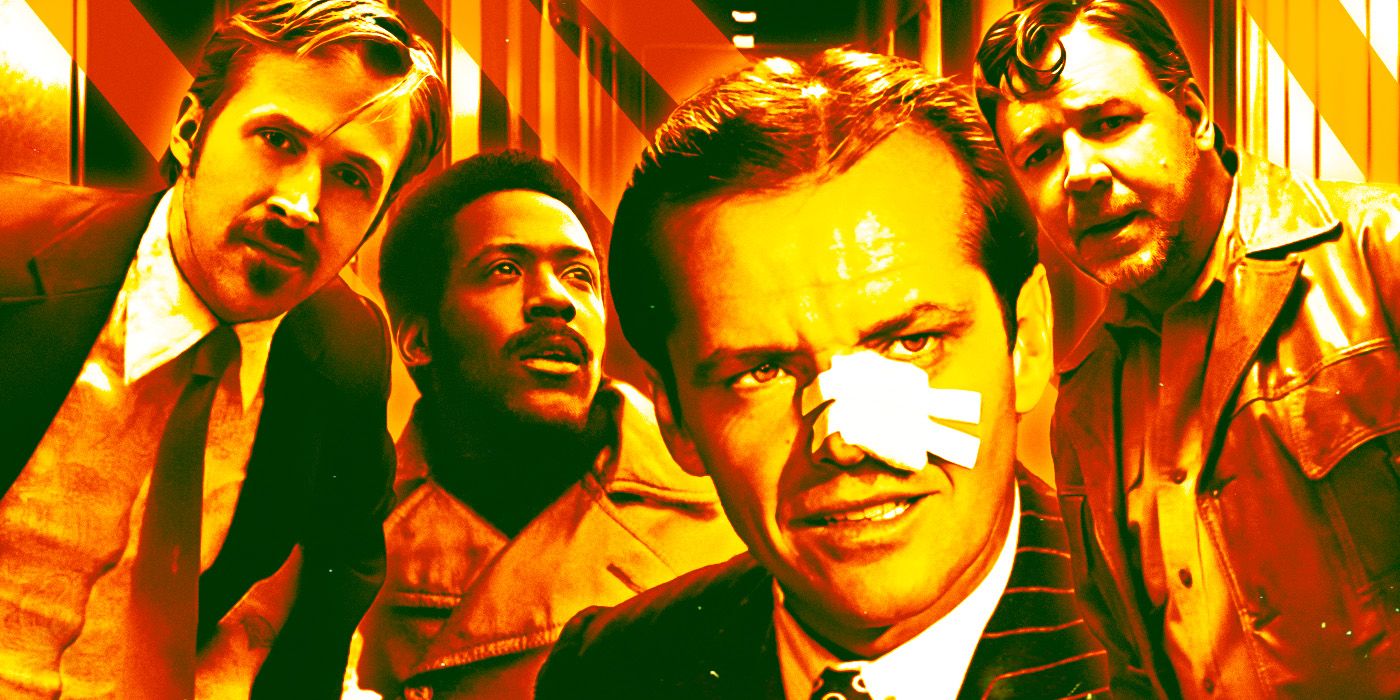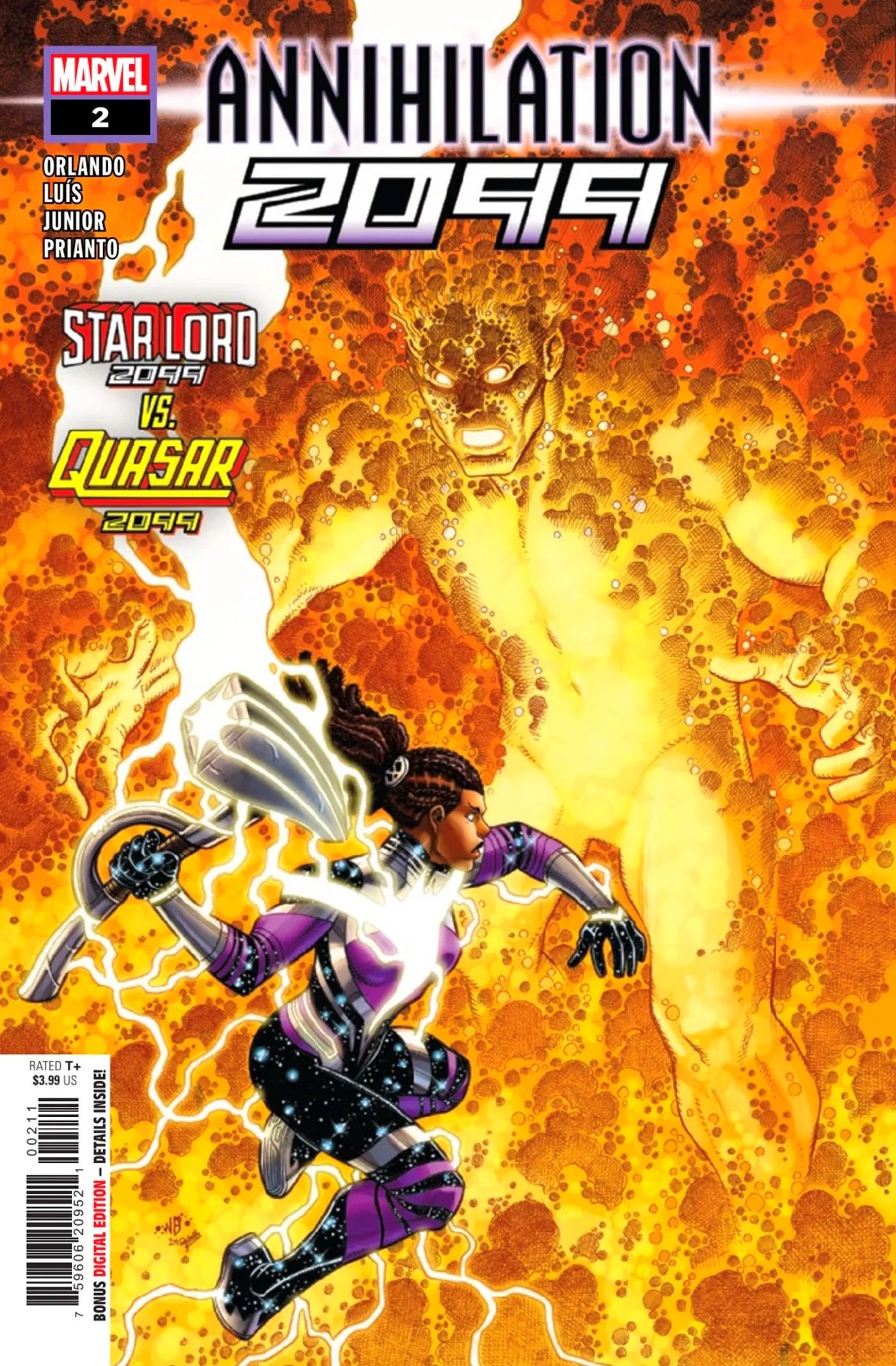Guillermo del Toro pitched the idea of filming The Shape of Water in black and white to the project’s financier Fox Searchlight, as a means of keeping the movie’s production budget down. It’s no secret that the movie itself was partly inspired by the black and white Universal monster features that del Toro grew up watching (and loving), with Creature From the Black Lagoon being the most obvious influence. Ultimately, however, the filmmaker didn’t go that route, much to Shape of Water production designer Paul Austerberry’s self-admitted relief.
The Shape of Water, which del Toro cowrote with Vanessa Taylor (Game of Thrones) in addition to directing, is a dark fairy tale and fantasy romance set against the backdrop of Cold War-era America in the 1960s. On top of being widely celebrated by critics as del Toro’s most poignant fairy tale allegory since Pan’s Labyrinth (and, depending on who you ask, possibly his best movie thus far), The Shape of Water has earned much in the way of critical acclaim for its rich cinematography and visually striking production design. However, according to Austerberry, the film could have (quite literally) looked very different than it does.
Related: Guillermo del Toro Regrets Declining Universal Monster Franchise
Speaking to EW, Austerberry revealed that The Shape of Water was pitched early on as being a black and white movie, as a cost-cutting measure. However, Fox Searchlight ultimately agreed to a budget that would allow the film to be shot in color after all. According to Austerberry:
“When it was in black and white, the budget was $12 million. And then Fox Searchlight said, ‘You know, if you make it color, we’ll make it $19.6 million.’ We were struggling at even $19.6 million to get it all down, so thankfully it went that way.”
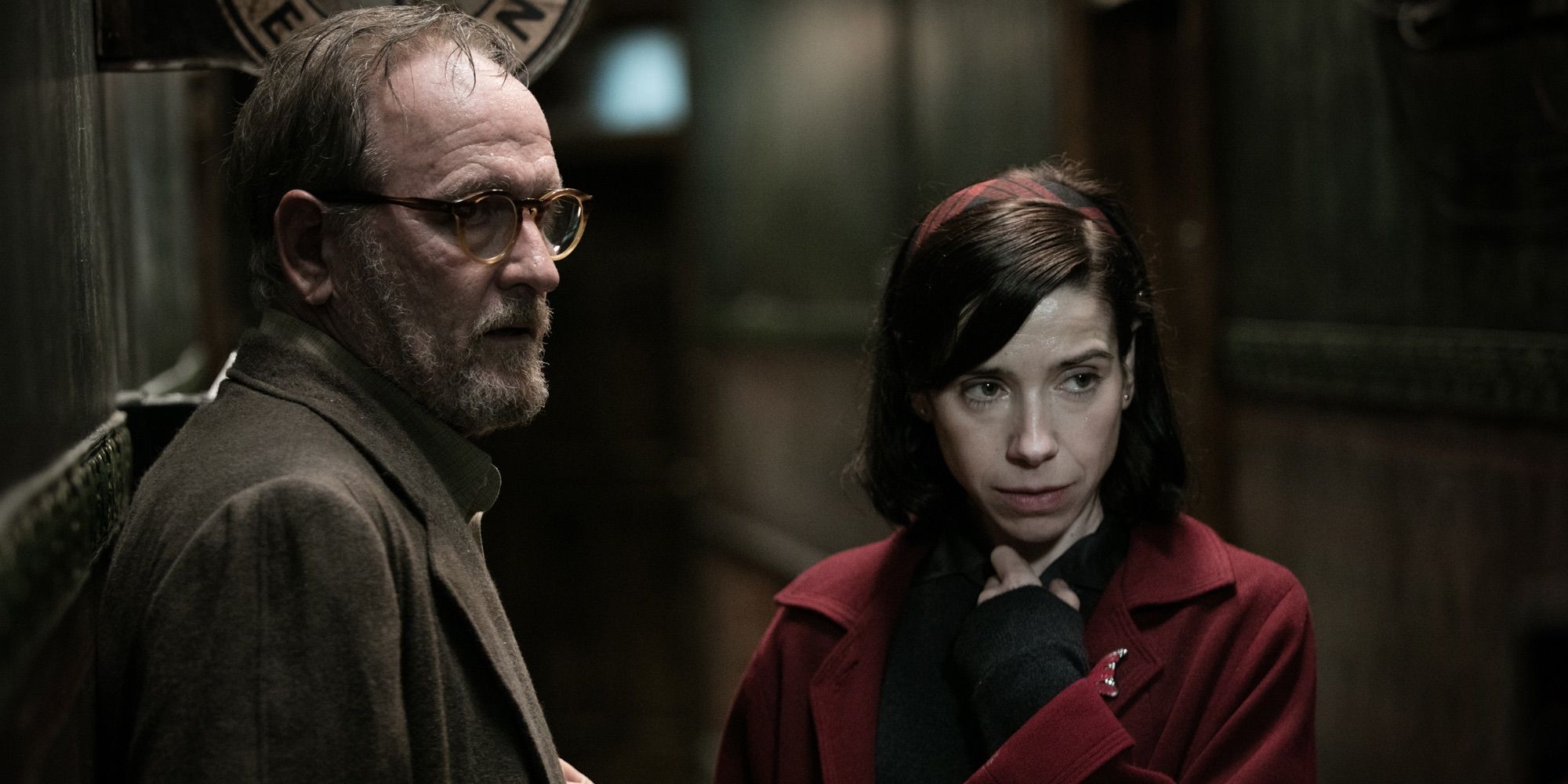
Austerberry, for his part, admitted to EW that he’s quite happy that the film didn’t go that route, seeing as its use of different colors (red and green in particular) serves an important storytelling purpose that would have been far more difficult to convey, in black and white:
“I was a bit nervous about the black and white, because color is such a strong element that you can play with in a story or movie to help shape the mood. When people see the movie, they comment a lot on the color, so I’m glad we went that way.”
Black and white cinematography has certainly benefitted a number of contemporary movies from an artistic perspective, serving to capture a sense of time and place that a wider color palette wouldn’t have been able to convey in the same way (think Schindler’s List, The Artist, Nebraska, and so forth). There’s a strong argument to be made that this wouldn’t have been the case with The Shape of Water, but imagining what the film might have looked like shot in, say, the style of actual classic Universal monster movies (such as Creature From the Black Lagoon and Frankenstein) is an interesting thought exercise all the same.
That being said, del Toro painted a different picture of the situation when EW asked him about having almost made The Shape of Water in black and white, saying “It was one of those things that I knew I was not really interested in, but I knew I needed to appear reasonable.” Assuming that’s indeed accurate, this might have been less of a close call than it seemed at first.
MORE: Guillermo del Toro is Taking a Year Off From Directing
Key Release Dates
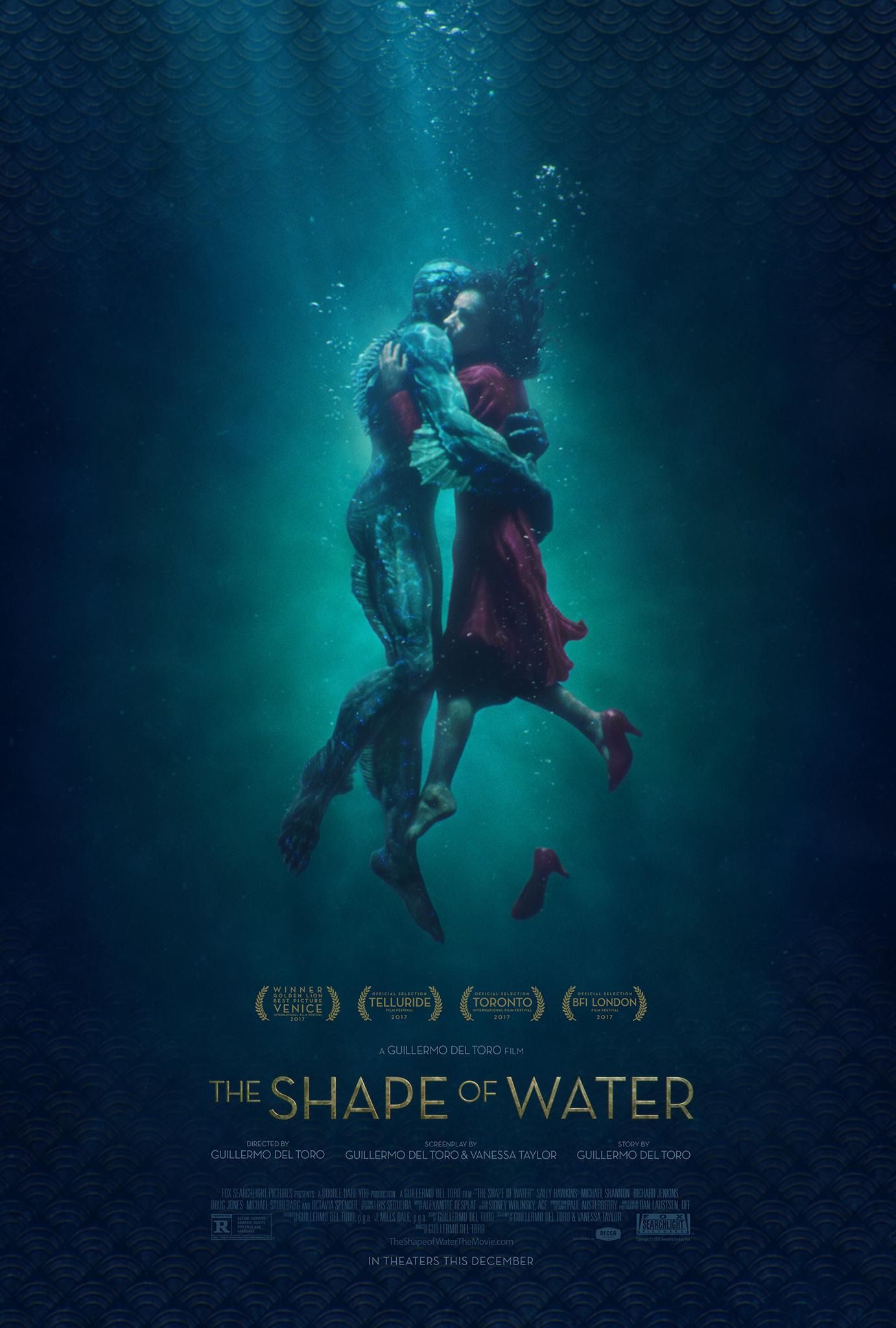
The Shape of Water
Release Date:2017-12-01
